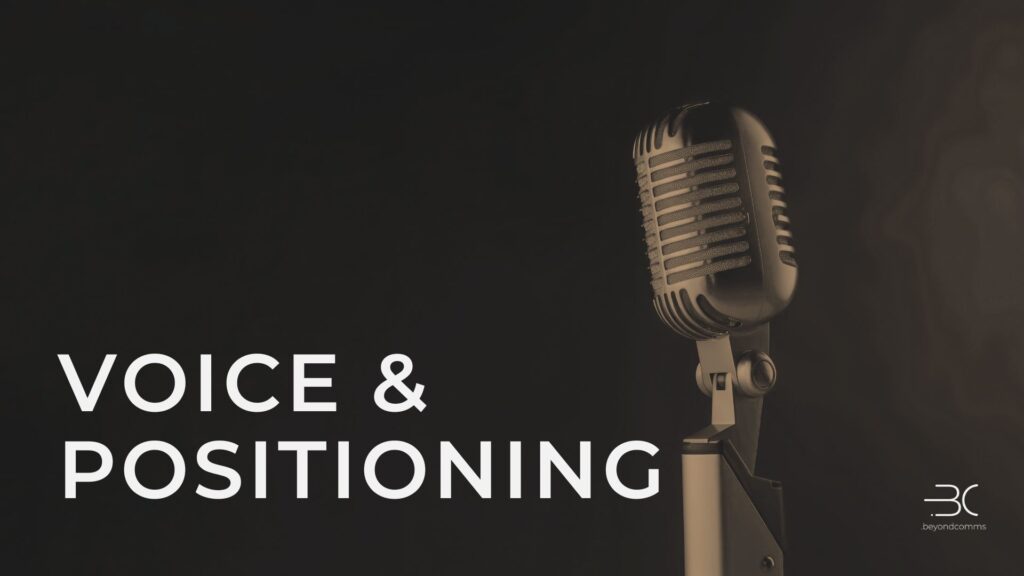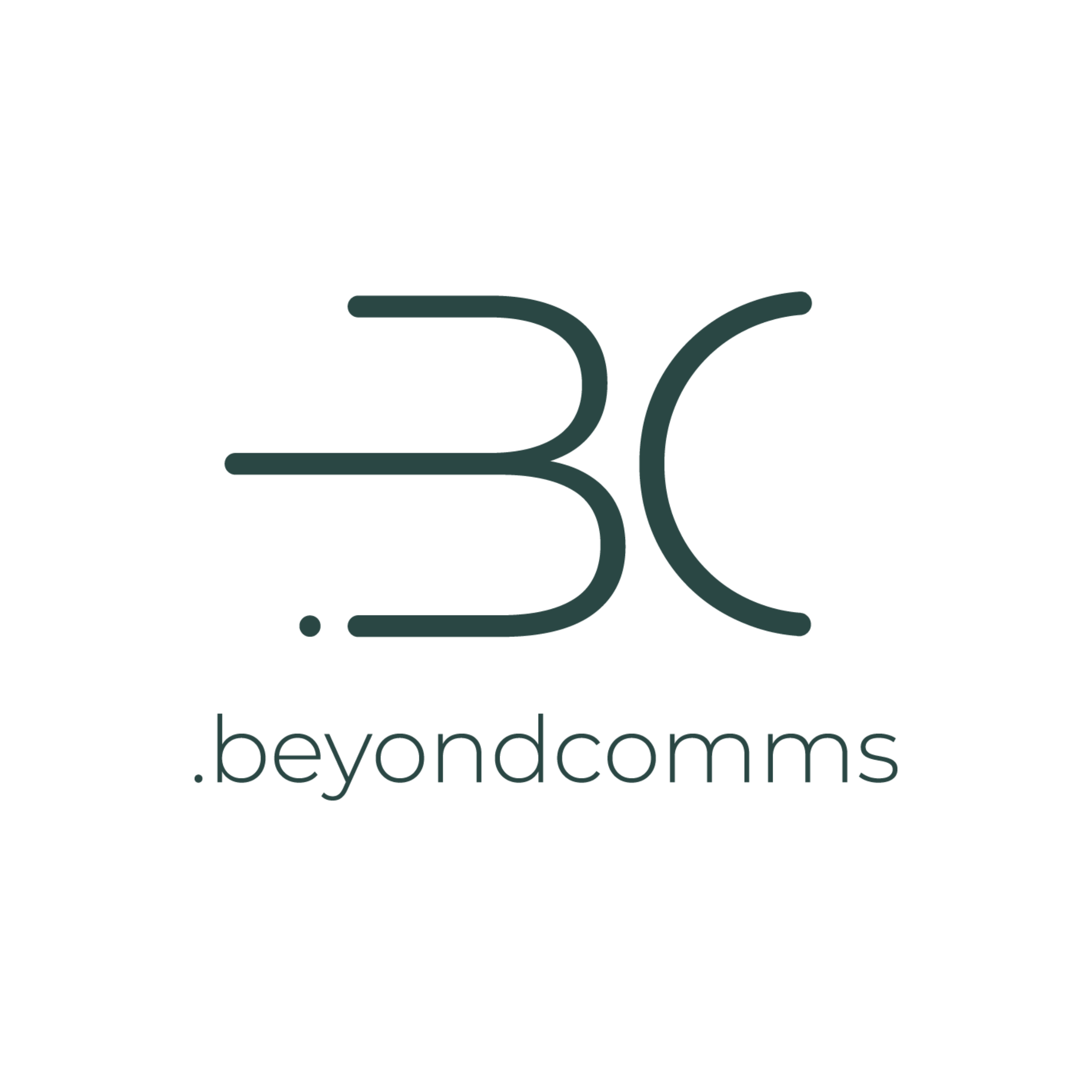
Today’s markets are noisy and crowded; there’s no doubt about it. Some businesses try to shout over the masses, while others whisper to their neighbors, building small circles of influence. Without proper resources, those who try to be louder than everyone else eventually lose their strength and voice. And the whisperers will eventually face a natural boundary for their ability to reach larger groups.
The sweet spot for sustainable growth is a middle ground in which many hear and see you while you build meaningful relationships with your key audiences. Carving out that space requires a harmony of your positioning and voice.
What is Positioning?
Your positioning is the unique space you occupy in your customers’ minds. Fundamentally, the positioning statement is built on your unique value proposition, with a specific view of the market space you occupy. I tend to think of it as the space you occupy on the stage: If your positioning is weak, your space is small; if it’s strong (like the energy of a diva), you can occupy more space.
How does the voice come into all this?
Your business voice is the tone, language patterns, and personality that express your brand across all touchpoints. It’s how you, your team members, and official business communication show up in emails, social media, presentations, and even casual conversations. If you cultivate a specific tone of voice that’s easily recognizable (think of Sia), your audience will instantly recognize you.
Positioning and your voice must work together. A distinct voice without positioning is like listening to an actor deliver their lines without any emotion – sounds nice but stirs up nothing. Positioning without voice is a brilliant strategy delivered in a forgettable way – powerful in theory but ineffective in practice.
Have you found your voice?
How do you know if your business voice is working? Here are a few warning signs:
- Your content can be swapped with a competitor’s
- Your tone fluctuates wildly across channels. If your LinkedIn posts sound nothing like your website, which sounds nothing like your emails, you’re creating confusion rather than recognition.
- There’s a disconnect between your communications and your mission. When how you speak doesn’t align with what you stand for, audiences sense the dissonance.
- Writing content feels uncomfortable or forced. When finding words is a constant struggle, it often means you haven’t settled into your authentic voice.
FIND YOUR WAY: A MISSION-DRIVEN APPROACH
Your Unique Value Proposition (UVP)
Start with what makes your business unique. Your UVP isn’t about the features and benefits of your service or product. It’s also not about your awards or accolades. To get to your UVP, ask yourself:
- What problem do you solve in a way no one else does?
- What makes you impossible to replicate?
- What would your ideal clients miss if you disappeared tomorrow?
Align Your Mission
Your business mission provides the perfect foundation. When your voice reflects your deeper “why,” communication becomes both easier and more effective.
Consider:
- What drives us to do the work we do?
- How do we live our mission every day?
- How do we want people to feel after interacting with us?
Create Resonance
Meaningful connections happen when your voice resonates with the right people. You don’t have to appeal to everyone. All you have to do is connect deeply with those who share your values and vision.
Think about:
- What language does your ideal audience use when discussing their challenges?
- What tone would feel most natural in a one-on-one conversation with them?
- What communication style builds trust with the specific people we serve?
A Practical Exercise: Finding Your Voice
Take 10 minutes with your notebook (or a blank document) and imagine your brand at a Cocktail Party:
- You are entering a busy party with people mingling and talking?
- What is your brand like when they enter? How are they dressed? Are they shy or confident? What conversations do they have?
- After a few drinks in, they are feeling looser and less inhibited
- What are they like then? How do they speak? What is their approach toward other guests?
Your authentic voice and strategic positioning will create spaces for meaningful communication where connections can thrive.
